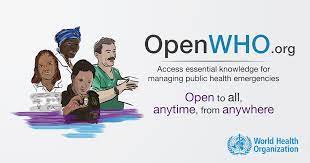Because dogs are responsible for transmitting 99% of rabies cases to people, vaccinating at least 70% of at-risk dogs is the cheapest and most effective way to stop rabies transmission between dogs and from dogs to people. In parallel, we must ensure access to affordable post-exposure prophylaxis for bitten individuals, especially those who live in rural, impoverished, and underserved areas. Finally, empowering local communities by making everybody aware of the fact that rabies can be avoided, they can have their dogs vaccinated, and they should always seek appropriate medical care in case of a dog bite is the third component of the current, global effort to save human and dog lives from rabies.
Eliminating rabies is a global public good. If we do not act now, hundreds of thousands of people will die of rabies before 2030. The demand for post-exposure prophylaxis will also grow, because more people will be exposed. Poor and rural populations, and their animals, will continue to be disproportionately affected by systemic inequities and to be forgotten victims of this terrible disease where surveillance systems are weak.
“Rabies & One Health: From basics to cross-sectoral action to stop human rabies death”
Learn at your own pace from seven video-lectures, two demonstration videos, and ten lessons learned from people working in rabies elimination programs across the world: https://openwho.org/courses/NTDs-Rabies-and-one-health
You can take all the seven modules, or just the ones you are interested in:
- Introduction to rabies: history, burden and biology
- The “Zero by 30” rabies elimination strategy
- Preventing rabies in people
- Preventing rabies in dogs
- Awareness and community empowerment
- Diagnosis and surveillance
- Rabies as an example of One Health economics
Participants who score at least 80% on the final assessment are awarded a Record of Achievement certificate.











